1957 to 1966: Laying the foundation
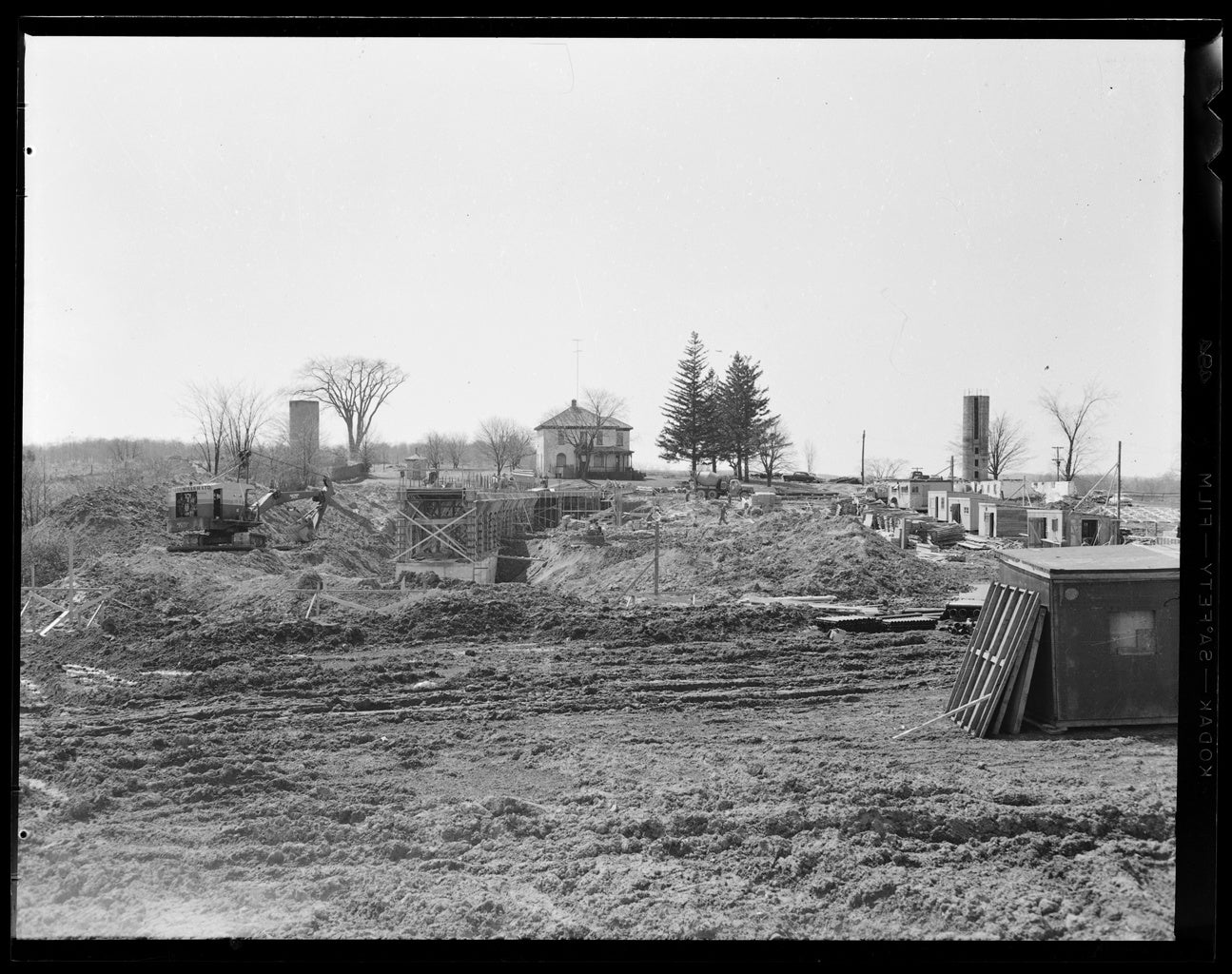
Graduate house in 1958. University of Waterloo Special Collections & Archives.
In 1958, the Waterloo College of Associated Faculties, later to become the University of Waterloo, purchased 184 acres in Waterloo, ON. Founded on engineering and co-operative education, the University quickly added mathematics, arts, science and environmental studies programs. By the 1966, the fledgling school had begun to make an international mark as a computer science leader, with the WatFOR compiler, developed by undergraduate students and used by programmers around the world.
1967 to 1976: Building the supports, setting the stage
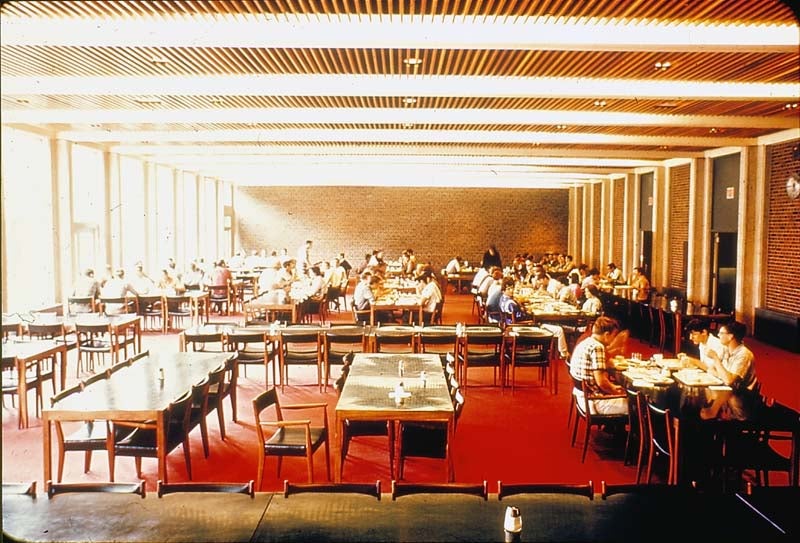
Student Village Red Dining room, 1960's. University of Waterloo Special Collections & Archives.
A strong infrastructure of support was required to meet the needs of a fast-growing campus. New buildings offered food, housing,
health and administrative services — and new approaches to higher education. The world’s first kinesiology program and North America’s only Faculty of Mathematics were established. The Federation of Students was formed. And a tradition of outreach began as physics professors recorded lectures for a part-time distance education program that was the first of its kind in Canada, and soon became the largest kind in North America.
1977 to 1986: The birth of a high-tech hub
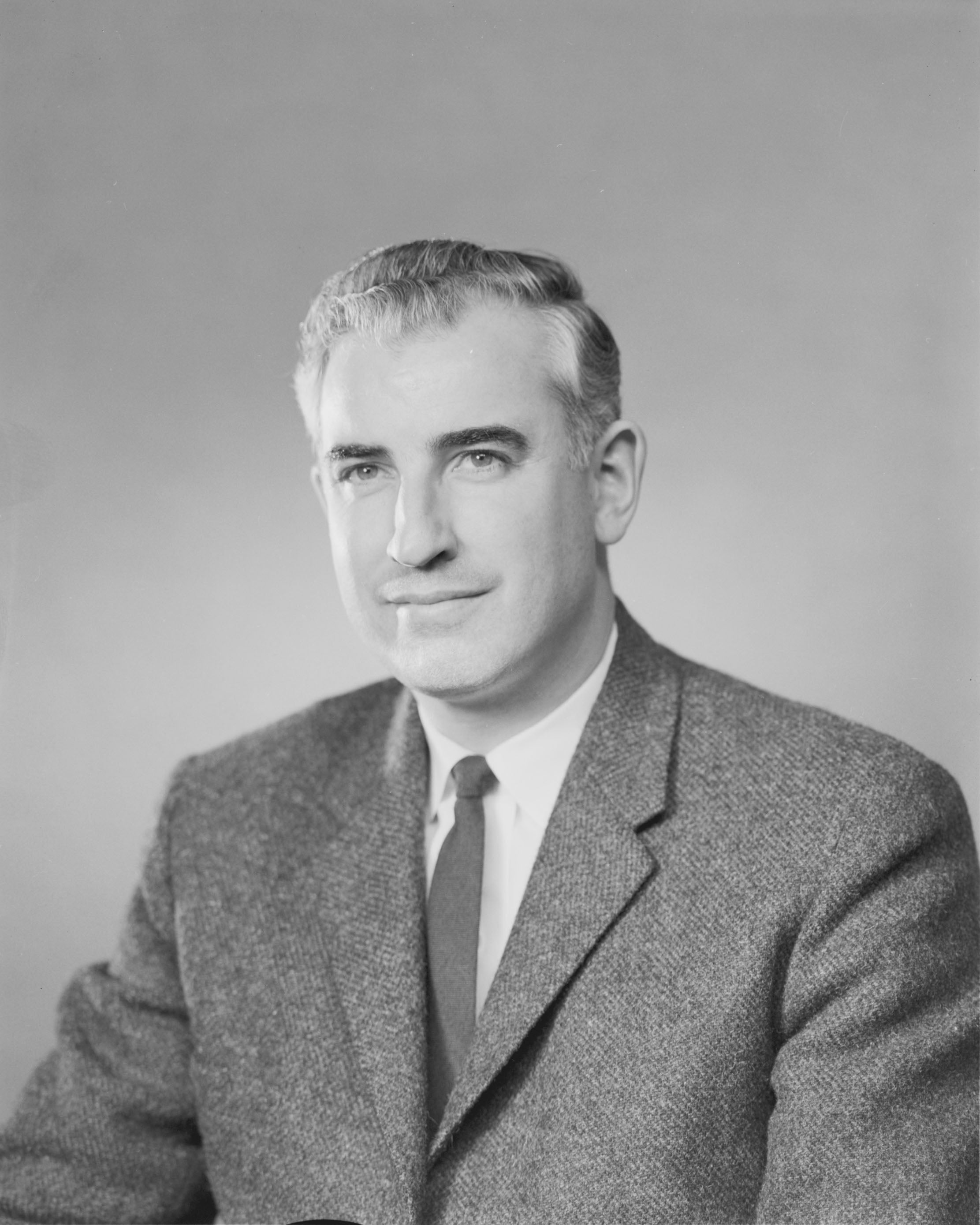
Wes Graham, professor of Computer Science. University of Waterloo Special Collections & Archives.
Creator-owns intellectual property policy was cemented as a cornerstone value when Wes Graham, a professor of Computer Science, prepared to turn away a $24-million corporate equipment donation that put the policy at risk. Waterloo’s unconventional approach to intellectual property helped spur a wave ventures founded by Waterloo alumni and professors — including Watcom (now SAP), DALSA (now Teledyne DALSA), Research In Motion (now BlackBerry) and Certicom. The creation of the Hong Kong Alumni Association was a sign of growing international reach.
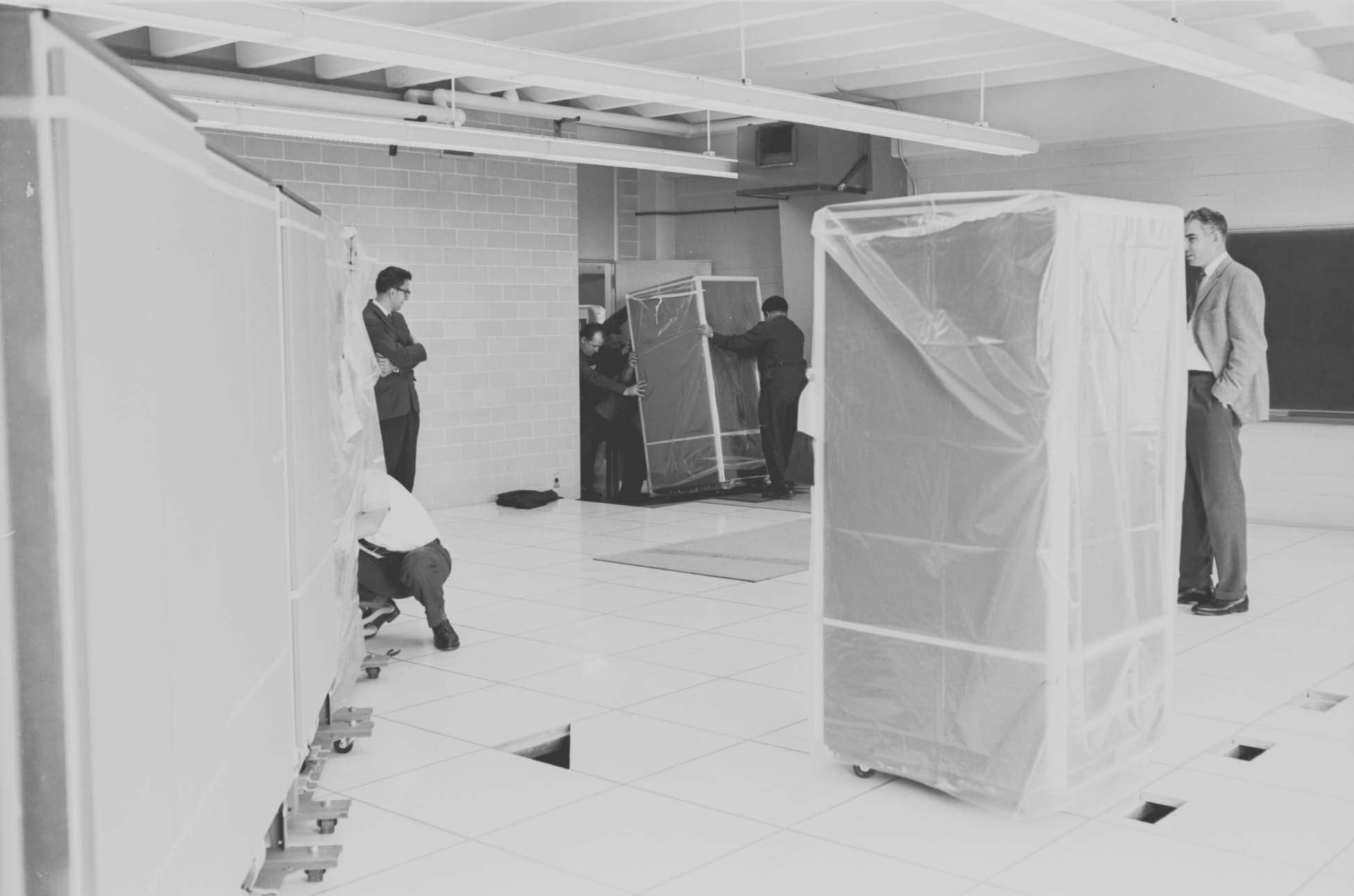
Computer arriving on campus in September, 1964. University of Waterloo Special Collections & Archives.
1987 to 1996: Bridges to commercialization
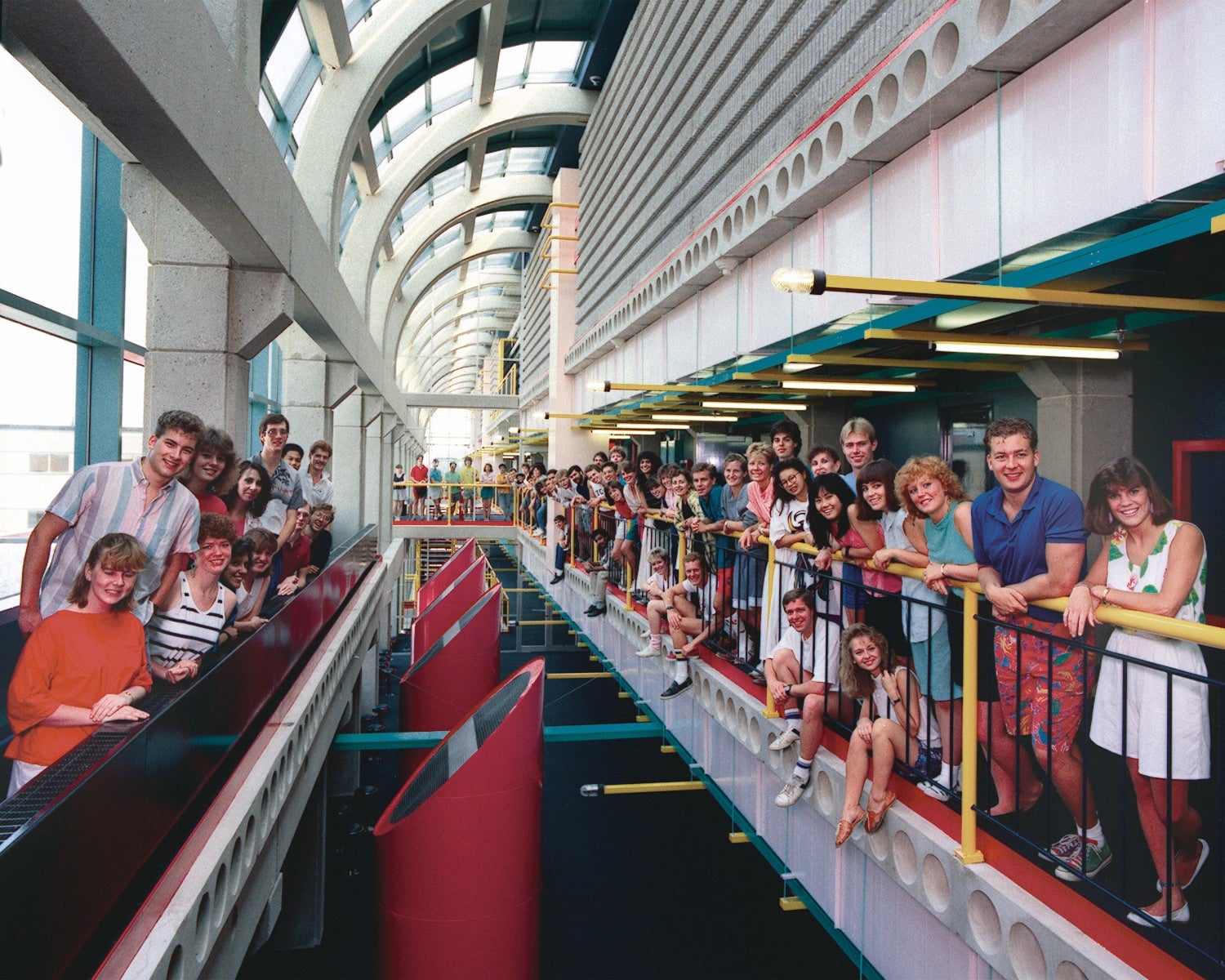
1997 to 2006: Deepening industry connections
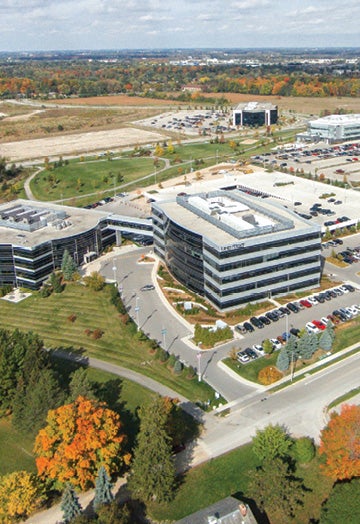
2007 to today: Exploring new frontiers
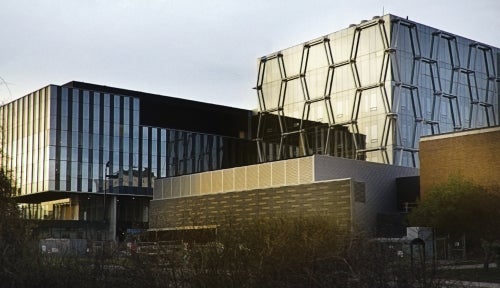
Mike & Ophelia Lazaridis Quantum-Nano Centre
Student startups and frontier research shared the stage as research moved from discovery to impact in new landmark buildings, including the Mike & Ophelia Lazaridis Quantum-Nano Centre, Stratford’s digital-focused campus and Kitchener’s Health Sciences campus. Students seeking to develop and launch their own ventures found a home in a growing suite of entrepreneurship programs, including Velocity — the world’s largest free startup incubator.
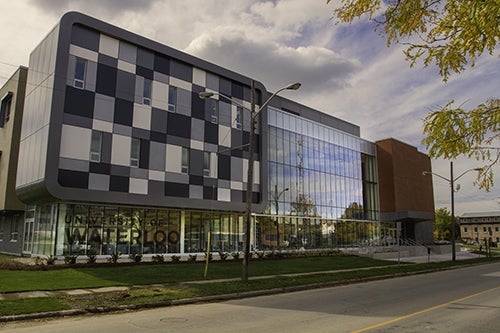
University of Waterloo Stratford Campus